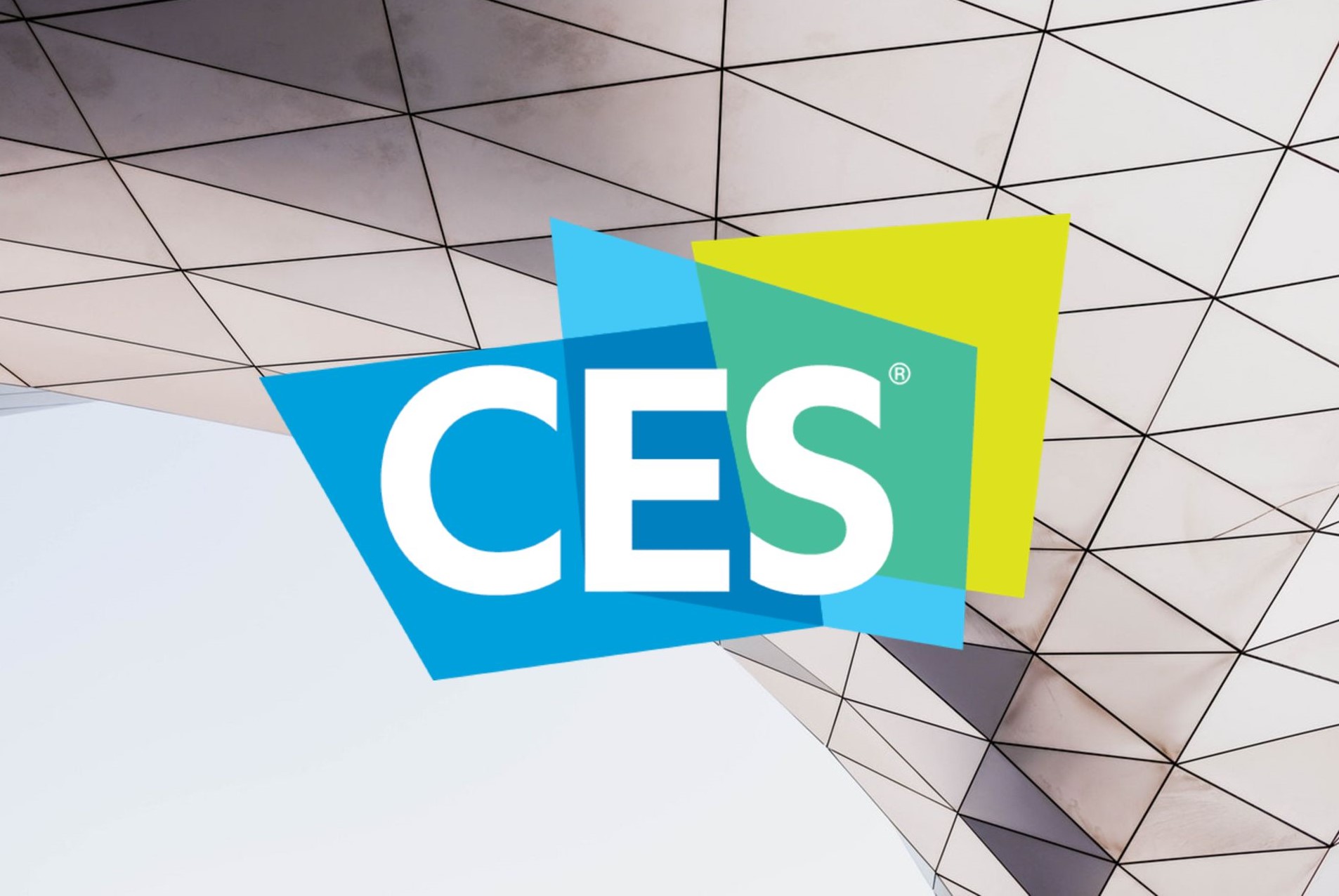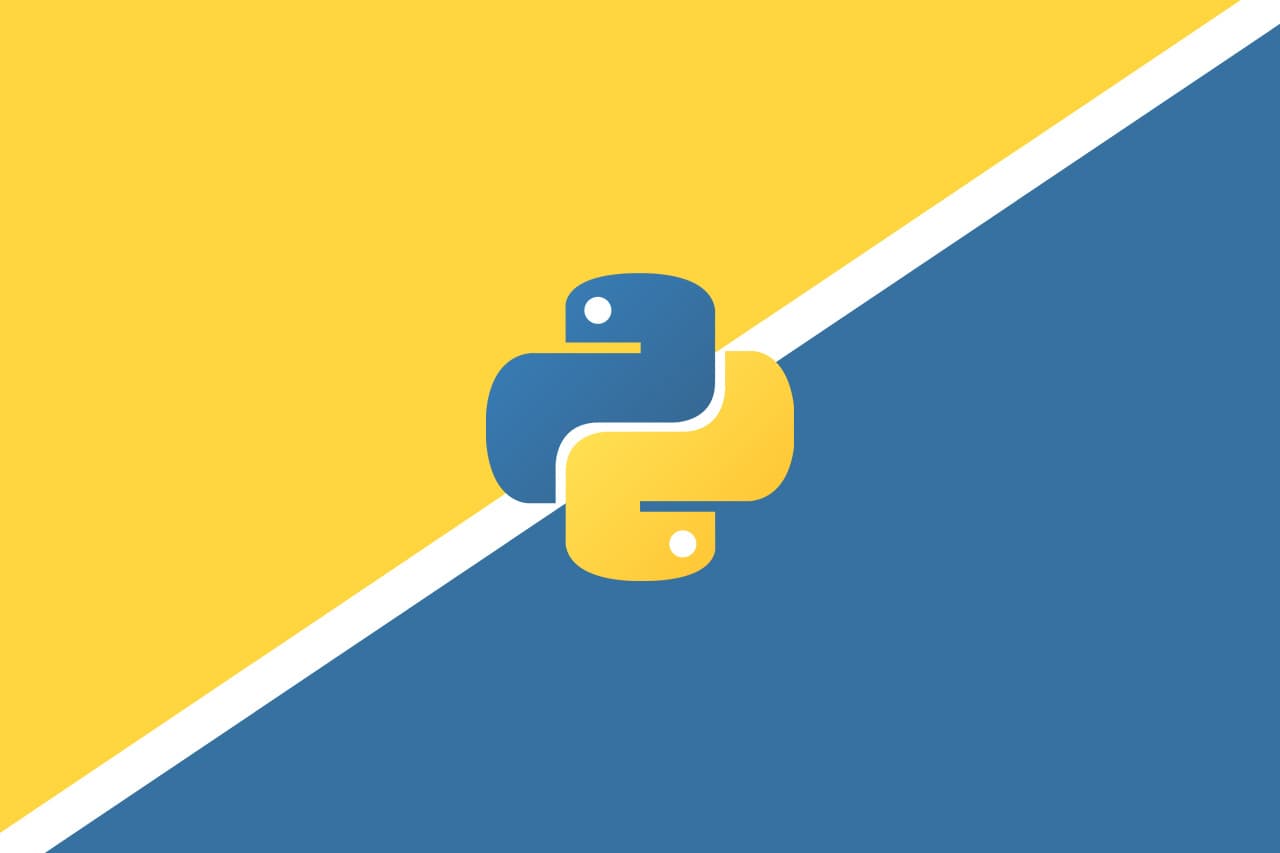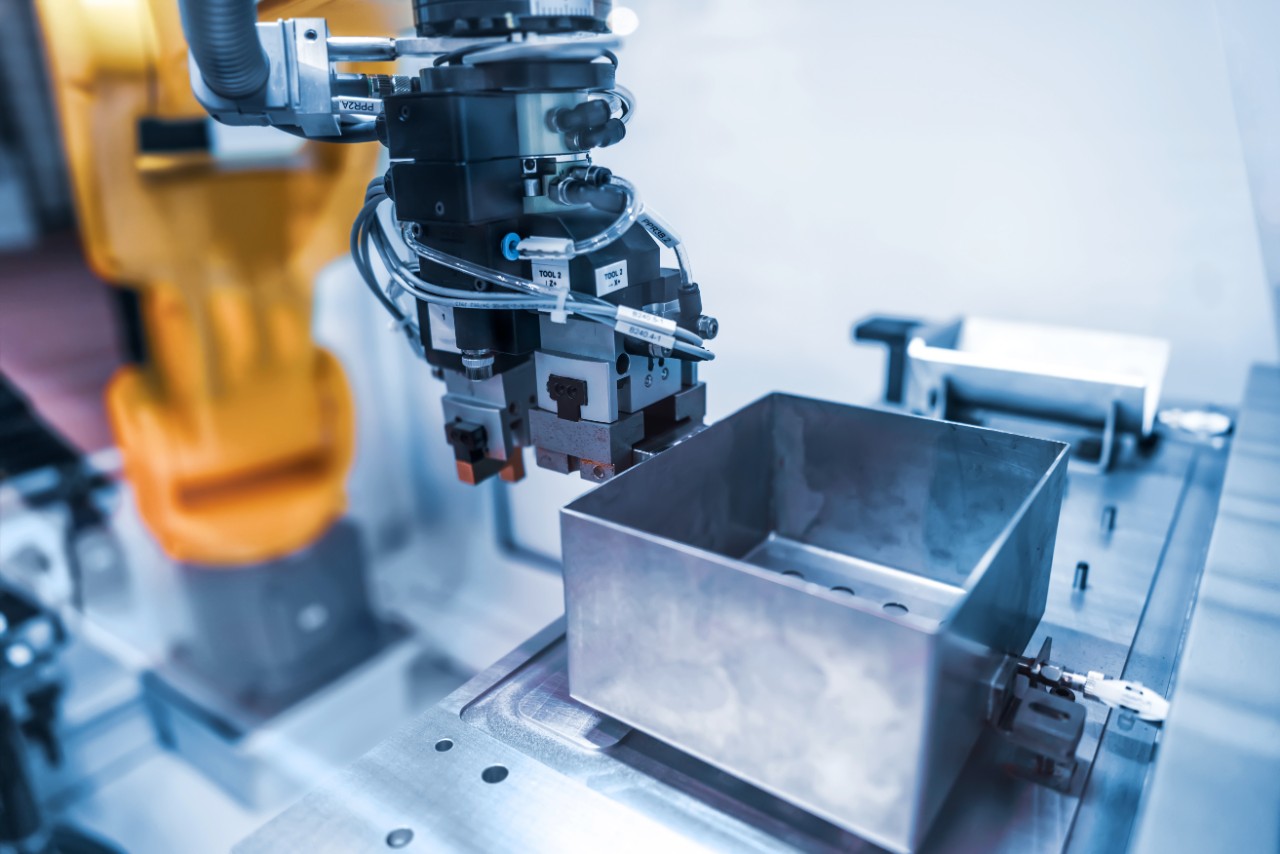The annual Consumer Electronics Show (CES) wraps up today. The 2020 show kicked off the year with both the top name companies and early-stage startups showcasing some of the biggest tech innovations and MVP products. Digital media has been abuzz discussing the latest exhibitors and their creations all week. Below are some of the highlights from the show floor that look like they have a place in our lives in the foreseeable future.
Interestingly enough, over the years the show has transitioned to something more than just consumer tech. CES has incorporated enterprise technology and shone a light on the B2B sector as well.
Consumer electronics spotlight
Smart IT already made note of the development of 5G technologies in its Year in Review for 2019. It should not come as a surprise that it is one of the biggest shows dedicated to tech that expands the application of the network technology. This manifests itself with Lenovo’s release of the first-ever 5G-enable notebook. As 5G adoption grew, consumers were faced with the dilemma of upgrading to new devices that would allow them to reap the benefits of high download/upload speeds. In other words, not everyone made the device upgrade necessary. Support of the wireless technology by notebooks, as opposed to just mobile devices, is the logical next step that brings us nearer to enjoying the benefits it brings across all our devices.
Notably in the domain of 5G, an unusual player in wireless network tech emerged in the form of Razer, commonly known for its high-grade gaming laptops. Razer debuted with Sila, a 5G home router that will upgrade your home connection to a super-charged one. It also brings IoT devices into the next phase of adoption.
Still on the notebook and laptop side, LG finally introduced the highly anticipated roll-able television, which ascends beyond the foldable technology that made headlines last year. LG used its latest appliance to recreate a giant digital wave composed entirely of the flexible television screens to stop visitors dead in their tracks and let them marvel. The roll-up display has had a favorable reception so far and looks like an intriguing concept to pursue yet.
Apple returned to the show despite many years of opting out, but, alas, it was not the tech giant that put wireless charging back on everyone’s radar. Rather it was Aira’s FreePower device that allowed the idea to cross into the realm of reality at long last. Keener players are destined to flood the market with wireless charging docks and make the technology even more compatible with numerous devices at the same time.
Somewhat menacingly resembling the 2013 Joaquin Phoenix-led film “Her”, Samsung premiered a proof of concept version of their fully virtual AI-enabled private assistants. The highly realistic, yet computer-generated humans (set to be customizable according to ‘preferences’) are said to be able to learn from interactions with their owners and adapt to better help users accomplish their daily tasks. Dubbed Neons, virtual personal assistants are not a new concept. It is anyone’s guess whether the idea will ultimately float, but more importantly how it will sustain once the digital persons enter real-world homes.
Making some noise in the Internet of Things space was Ballie, Samsung’s counterpart to the virtual assistant — a literally down to earth physical assistant. The tiny ball-shaped companion was designed to make everyday life more pleasant by tending to some of your chores through interactions with other smart devices in the home. It is hard to say if the concept is not inspired by Star Wars’ own BB-8 droid, but it is certain that the minute companion will become the target of toddlers as much for its adorable design as for its free-roaming capabilities.
According to the American Heart Association, about 800,000 people in the US alone suffer from strokes. While not a terribly big figure relative to the overall population, stroke treatment has remained a complex task for victims, let alone their families. Until now that is. If what was displayed was accurate then stroke survivors can take advantage of the Neofect Smart Balance to acclimate to everyday life. This could be a big breakthrough for tech in health tech and one that gives more exposure to those suffering from major health-related conditions.
Also on the healthcare and wellness stage was UrgoTech, a device capable of insomnia relief. Though somnologists have probably not had the chance to study the long-term effects of using the gadget, it is nice to know that in the always-on age at least someone still cares about you getting some rest.
Even though this barely scratches the surface of the things on display, this forms the top picks of what will see gradual adoption over the months and years to come on the consumer side.
Enterprise solutions
In the backdrop of the numerous stands, keynote speakers gathered to discuss the shaping trends of the modern workplace and the role of technology in the contemporary labor market.
According to the words of CTA’s VP of research it will be enterprise applications that lead that lead 5G in the business tech world. Among other speakers, the accent also fell on means to increase workplace productivity and workforce efficiency: robotic process automation for routine and manual tasks and AR/VR/XR experiences to educate newcomer employees.
Specialists from Deloitte gave predictions based on analytics and research from enterprises, further citing the development of robotics and edge computing to monitor attendance, calculate employee stress levels and the impossible tasks that lie ahead for CIO in securing networks from cyberattacks and malware. Sensors and embedded systems are said to play a key role in collecting big data to be processed in the enterprise cloud and across edge networks.
Complete keynote speaker summaries should soon surface across online media to further dwell on the data-driven predictions and innovations yet to come into the enterprise world.
Curtain call
Though not the only big tech trade show in 2020, CES remains a great way for future tech companies to validate their proof of concepts and to prepare their entry to market. The show floor helps gadget and product development teams make a statement and get a place under the spotlight, which in some cases sets the stage for future funding and investment opportunities. Hence, it is not just a place to boast Avatar-inspired cars of the future.
As the venue dims the lights tonight, the takeaway is that there is probably something for everyone’s needs and purposes at the keynote event in Las Vegas this year from creators and founders to angel investors and anyone else eager to sink their teeth into the lucrative tech industry. The trade event is bound to reflect and simultaneously shape what the future of innovation looks like.
CES logo is copyright of Consumer Technology Association and is used in compliance with branding guidelines
10 January 2020

 Pavel Kaplunou
,
Pavel Kaplunou
, 



